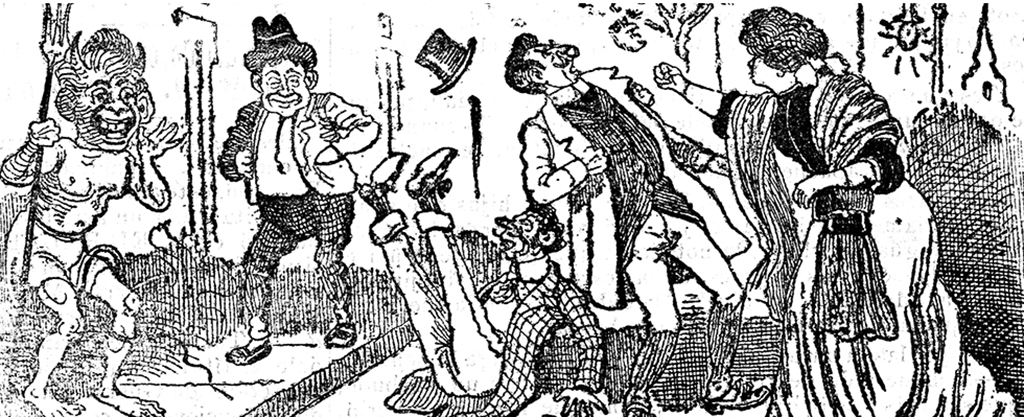
Description
This lesson will build on the historical overview of the Mexican Revolution from Lesson 1 and narrow the focus to the experience of women. Through the lesson, students will gain an understanding of gender norms and stereotypes that defined women’s roles during the Mexican Revolution and how they challenged those norms, both in society and in military conflict. This is Lesson 2 of the Gender & Class in the Mexican Revolution unit.
Date Range: 1900-1920
Grade Levels: 9-12
Countries: Mexico
Course Subject(s): Latin American Studies; Women & Gender Studies; World Geography Studies; World History Studies
Topic(s): Mexican Revolution; Gender; Class; Porfirio Diaz; Politics; Education; Women
Teaching Time Frame: 1 day (90 minute lesson)
Guiding Questions
- How were women depicted in political cartoons published in the early 20th century?
- What was the lived experience of women in Mexican society around the time of the Revolution? How did they challenge gender norms?
- What was the general understanding of women’s roles in military combat during the Mexican Revolution?
- What did women do when they acted as “soldaderas” and “soldados” in the Mexican Revolution? How does this challenge the general understanding of women’s roles in combat?
Learning Objectives
- Describe masculine and feminine gender roles in Mexican society during the revolution.
- Evaluate how accurately those gender roles defined the experience of women during the Mexican Revolution and provide counterexamples of women who did not follow them.
- Compare the experience of women who did not serve in military roles during the revolution to the experience of soldaderas, who served in auxiliary roles, and soldados, who fought in combat.
Relevant Teaching Standards
AP World History Frameworks
- 7.1: Shifting Power After 1900
- Learning Objective: Explain how internal and external factors contributed to change in various states after 1900.
- Historical Developments: States around the world challenged the existing political and social order, including the Mexican Revolution that arose as a result of political crisis.
- 7.9: Causation in Global Conflict
- Learning Objective: Explain the relative significance of the causes of global conflict in the period 1900 to present.
- Historical Developments: Rapid advances in science and technology altered the understanding of the universe and the natural world and led to advances in communication, transportation, industry, agriculture, and medicine. Peoples and states around the world challenged the existing political and social order in varying ways, leading to unprecedented worldwide conflicts.
Downloads
Lesson Plan (PDF) | Primary Sources (ZIP)
Rights Statement
Creator(s): Lia Ferrante, Graduate Student, Department of Curriculum and Instruction, Augustino Fisher, Graduate Student, Department of Curriculum and Instruction, & Jackson Fisher, Graduate Student, Department of Curriculum and Instruction
Date: 2023-05
This assignment is under a Creative Commons Attribution-NonCommercial-ShareAlike 4.0 International Public License (“Public License”). This license lets others share, remix, tweak, and build upon the work non-commercially, as long as they credit the creators and license their new creations under the identical terms.
